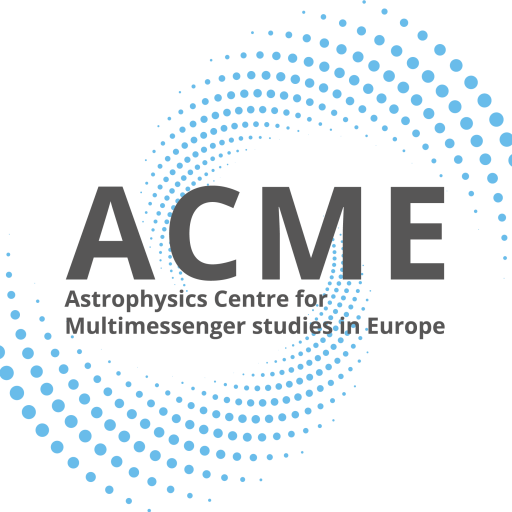WP1 – Management and coordination

Antoine Kouchner
Coordinator - Université Paris Cité / CNRS
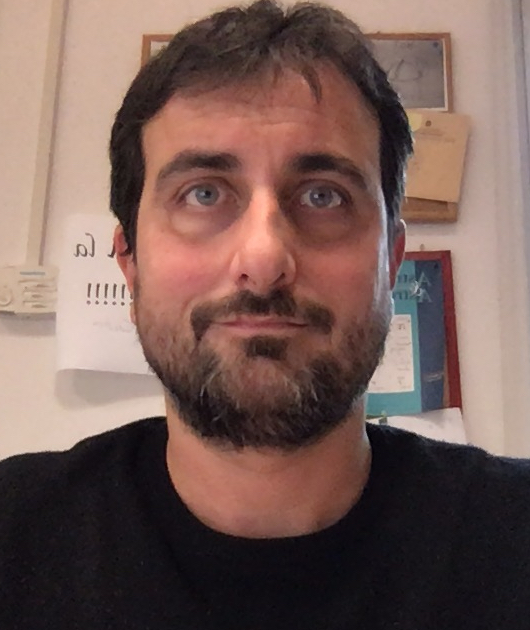
Paolo D’Avanzo
Co-coordinator - INAF-Brera Astronomical Observatory
Paolo D’Avanzo is senior researcher at INAF-Brera Astronomical Observatory. His research activity focuses on the study of transient X-ray binary systems, gamma-ray bursts and their connection with gravitational wave (GW) events. He is a member of the Italian team of the Neil Gehrels Swift Observatory (Swift) and of the GRAWITA (Gravitational Wave Inaf Team) and ENGRAVE (Electromagnetic counterparts of gravitational wave sources at the Very Large Telescope) collaborations for electromagnetic follow-up of GW events.
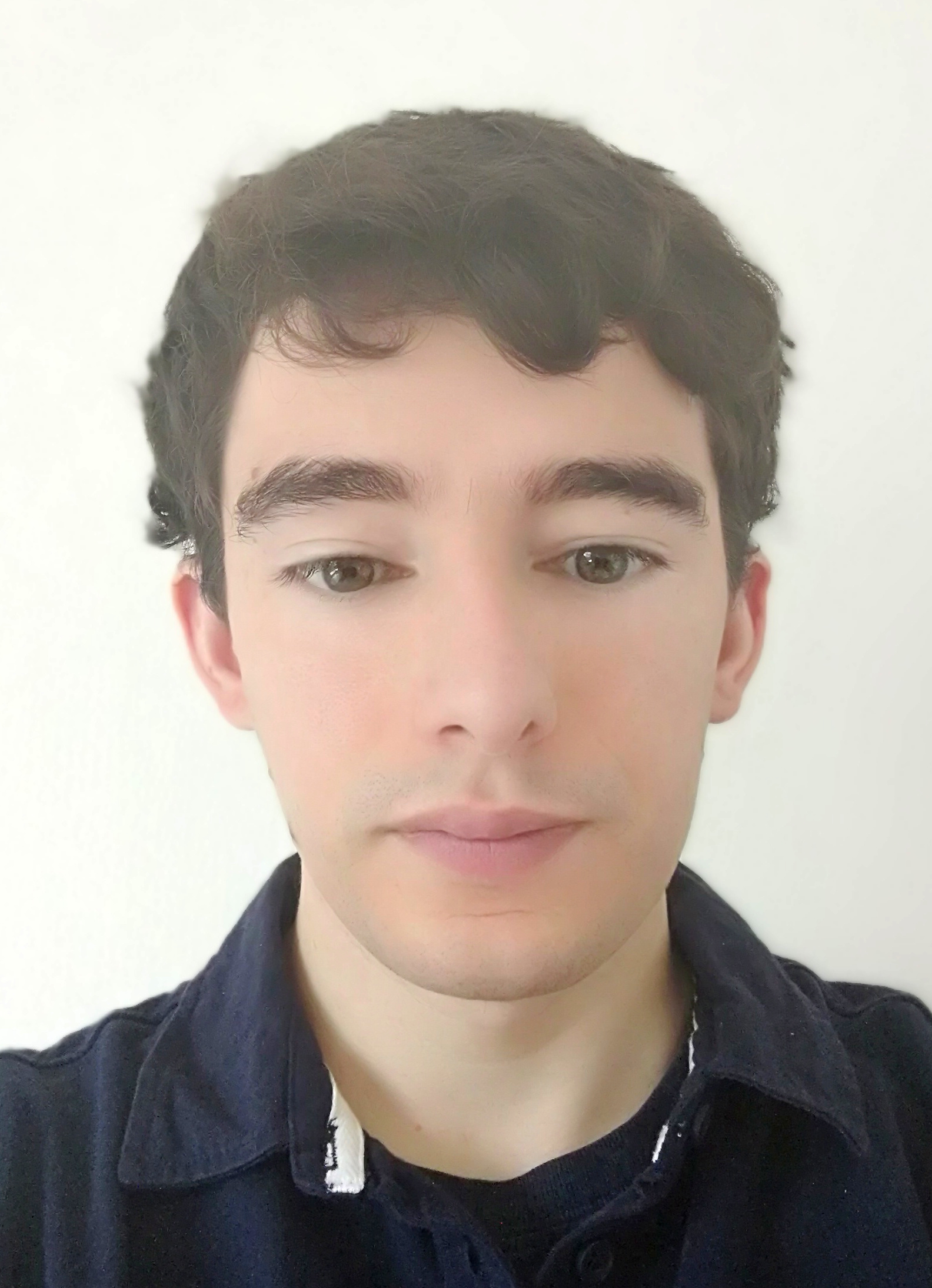
Mathieu Lamoureux
Technical Coordinator - CNRS
Mathieu Lamoureux is currently a CNRS postdoctoral researcher at APC / Université Paris Cité. After a PhD at CEA in 2018 on heavy neutrinos in T2K, he switched to neutrino astronomy and has been involved in Super-Kamiokande, ANTARES, KM3NeT and IceCube. He is currently one of the coordinators of the KM3NeT astronomy working group. He focuses on the development of real-time multi-messenger analysis platforms and on the search for joint sources of neutrinos and gravitational waves.
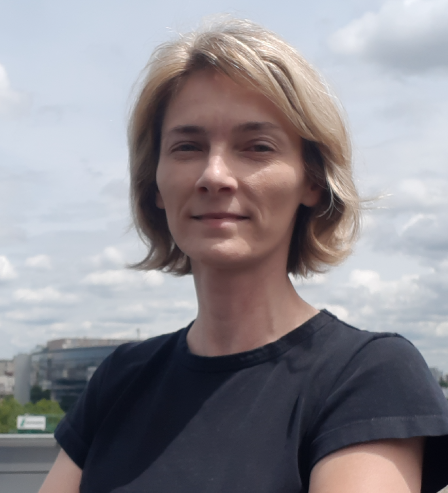
Julie Epas
Project Manager - CNRS
Julie Epas is a research engineer at the French Laboratory APC: Astroparticle and Cosmology. After a Master’s degree at Université d’Auvergne, she worked in the private sector before joining the CNRS in 2021. She is in charge of the activities at APC laboratory which is a functional centre of the AstroParticle Physics European Consortium (APPEC), currently as General Secretary of APPEC. She contributed to organizing and managing the preparation of the proposal for the ACME project, of which she is project manager.
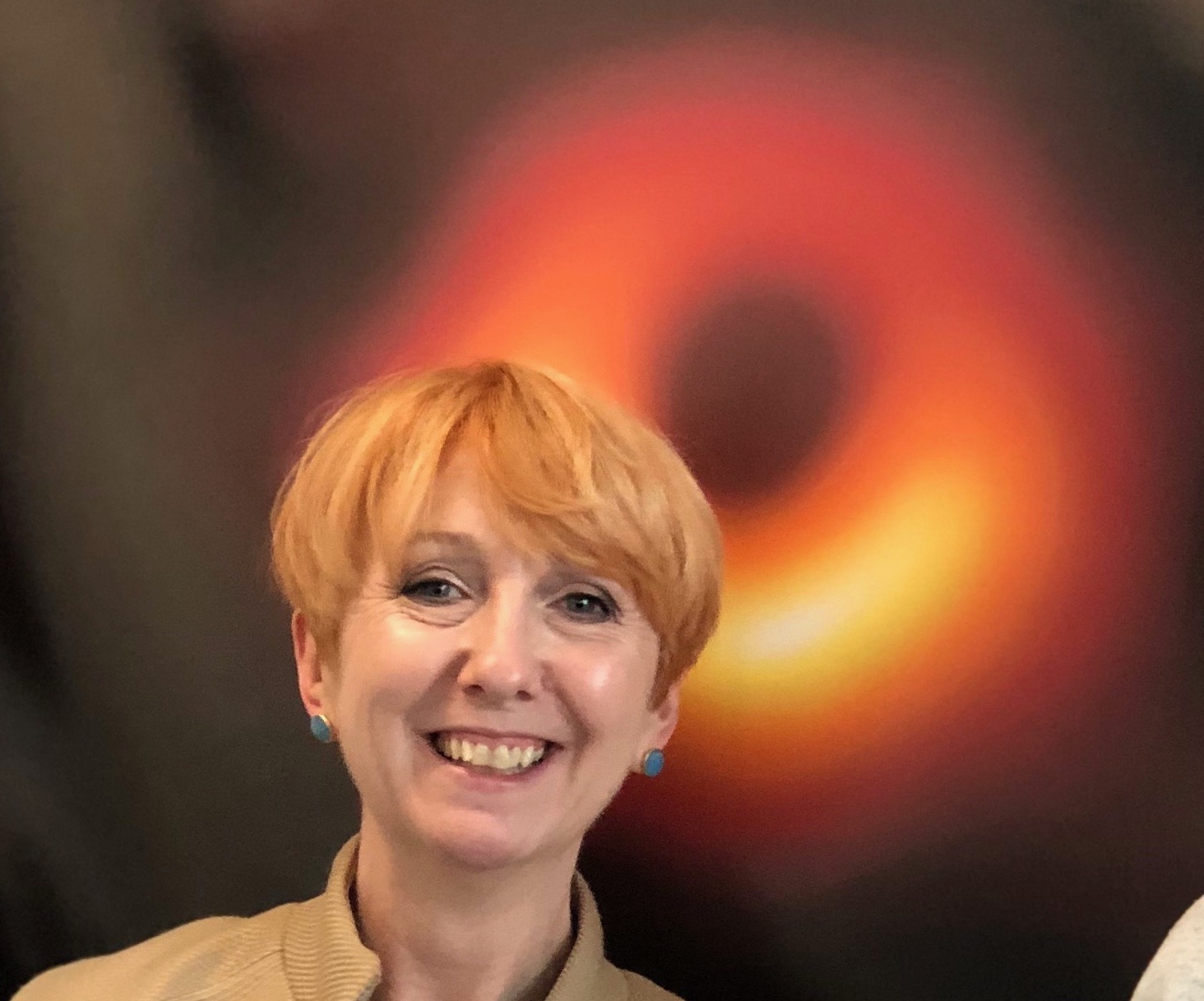
Izabela Rottmann
Max Planck Institute for Radio Astronomy (MPIfR)
She is an expert in Transnational/Virtual Access EU programs, with deep knowledge of the European Research Infrastructure landscape and EC funding. She earned a PhD in radio astronomy from UMK (PL) in collaboration with OSO (SE) and continued her research at MPIfR. Since 2012, she has led EC-projects supporting TA/VA to world-class radio astronomy infrastructures. She is currently Manager of the European Radio Astronomy Consortium (RadioNet) and involved in various projects and collaborations.
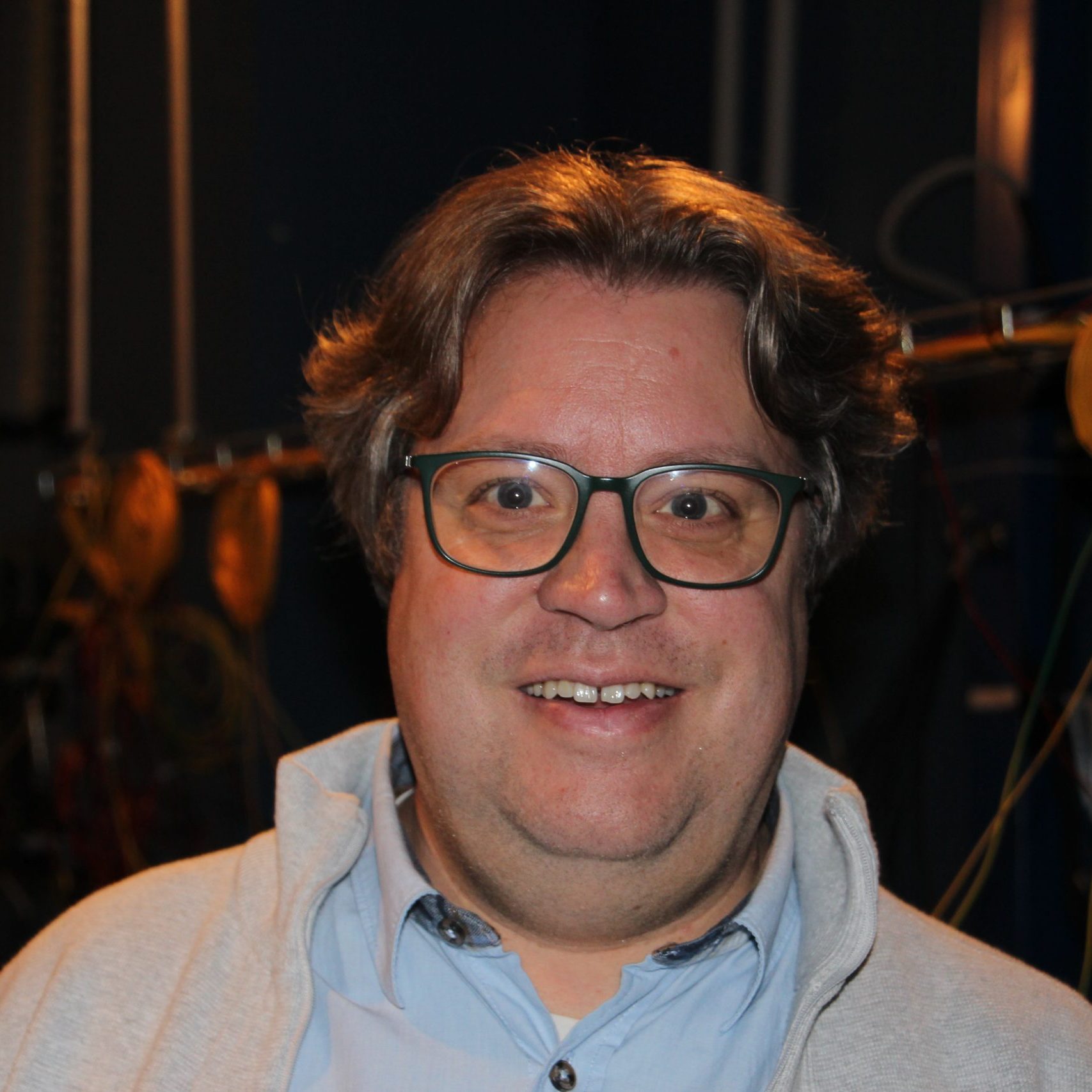
Damien Dornic
Centre de physique des particules de Marseille / CNRS
Damien Dornic is a research director CNRS working at CPPM (Marseille, France). He has a long experience in the high-energy neutrino astronomy with ANTARES and KM3NeT and on multi-messenger analyses involving neutrinos and gravitational waves. He is currently the deputy spokesperson of the KM3NeT Collaboration, a co-I of the SVOM mission and co-I of the COLIBRI and GRANDMA consortium and member of the SNEWS2.0 consortium.

Rob Beswick
University of Manchester
Prof. Rob Beswick is an active researcher in extragalactic astrophysics at the University of Manchester. He is the Joint-Director of the UK’s SKA Regional Centre (UKSRC), a project spanning institutes across the UK as part of an exascale partnership delivering data and compute resources needed for the SKAO. He is also the Head of Science Operations for the UK’s e-MERLIN/VLBI National facility, based at JBO, and is responsible for the Science delivery of the UK’s National Radio Astronomy facility.
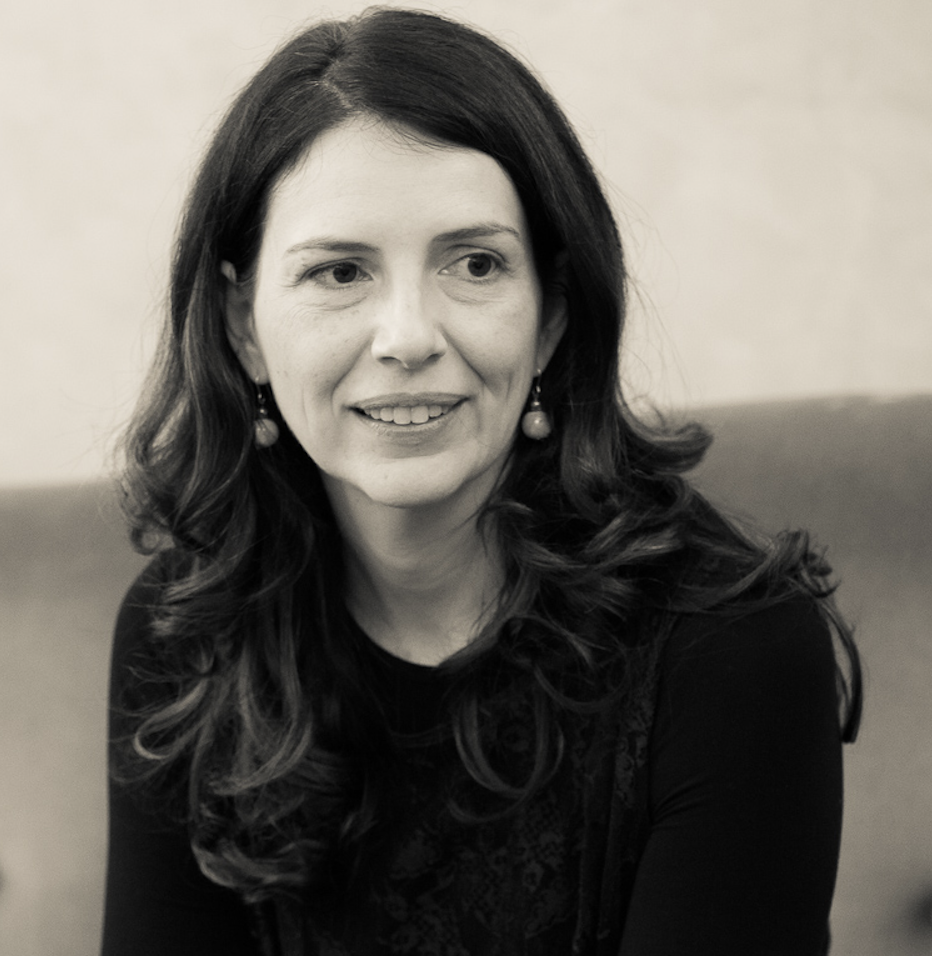
Marica Branchesi
Gran Sasso Science Institute (GSSI)
Marica Branchesi is a Full Professor at GSSI and INAF and INFN Associate Researcher. Her research focuses on the (astro)physics governing emission, formation and evolution of black holes and neutron stars. She is a renowned expert in multi-messenger astrophysics, which uses electro-magnetic and gravitational-wave observations to probe the most energetic transient phenomena in the sky. Branchesi is Chair of the Einstein Telescope Observational Science Board and a member of the Virgo Collaboration.
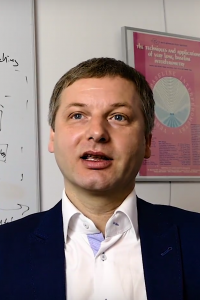
Zsolt Paragi
Joint Institute for VLBI in Europe (JIVE)
Zsolt Paragi is a radio astronomer working in the field of very long baseline interferometry (VLBI). He is the head of User Support group at the Joint Institute for VLBI ERIC (JIVE). His scientific interests range from multi-band/messenger studies of stellar transient sources to high-redshift active galactic nuclei. He pioneered using novel techniques like real-time correlation electronic VLBI (e-VLBI); detecting and localize fast radio bursts with VLBI, as well as imaging electromagnetic counterparts to sources of gravitational waves with the European VLBI Network (EVN). In recent years he has been the Chair of the EVN Program Committee. He is the vice-president of the IAU Commission B4 (Radio Astronomy).
Andrii Neronov
Université Paris Cité / EPFL
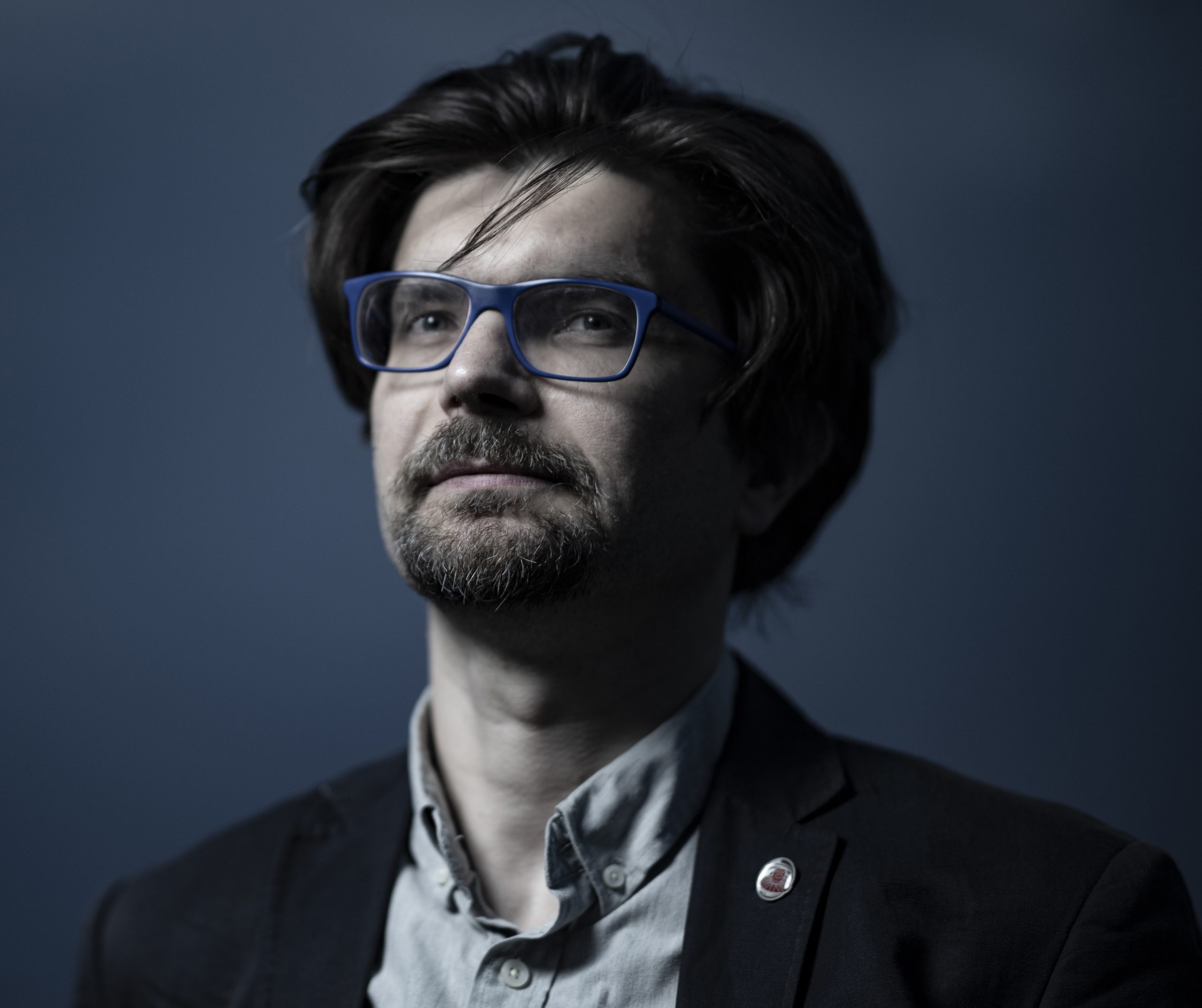
Lukasz Wyrzykowski
National Centre for Nuclear Research (NCBJ), Warsaw, Poland
Łukasz Wyrzykowski (pron. Woo-cash Vi-zhi-kov-ski) is a professor of astronomy at the University of Warsaw and NCBJ. He earned his PhD in 2005 and was a postdoc at Cambridge (2006–2015), where he contributed to the Gaia Photometric Science Alerts system. Since 2013, he has led BHTOM.space, a global telescope network for time-domain follow-up. He studies optical transients and black holes. Member of the OGLE, ePESSTO, and ENGRAVE projects.
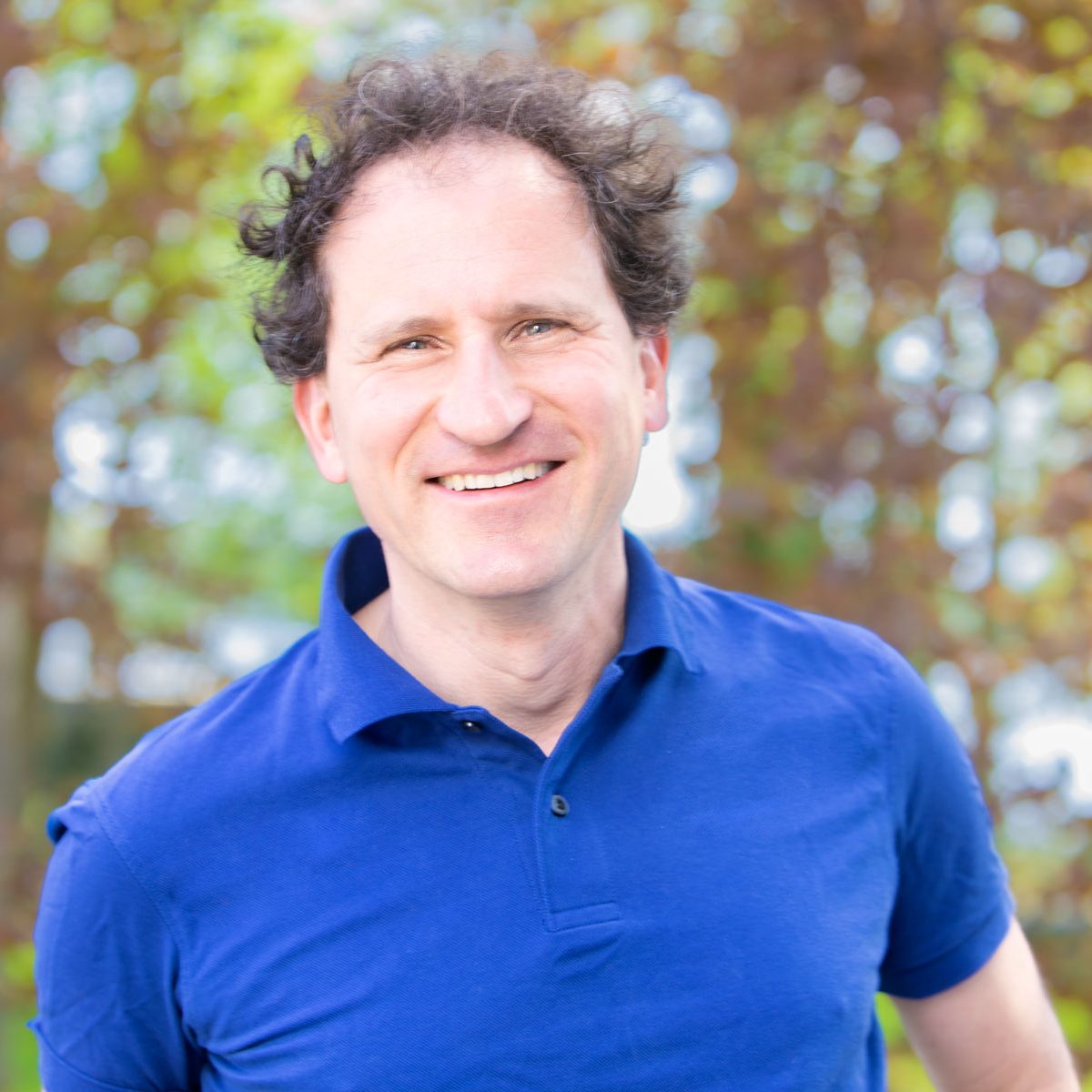
Marek Kowalski
DESY & Humboldt-University of Berlin
Marek Kowalski is working in multimessenger astrophysics and cosmology with emphasis on high-energy neutrinos and optical transients. He is member of IceCube, ZTF and ULTRASAT.
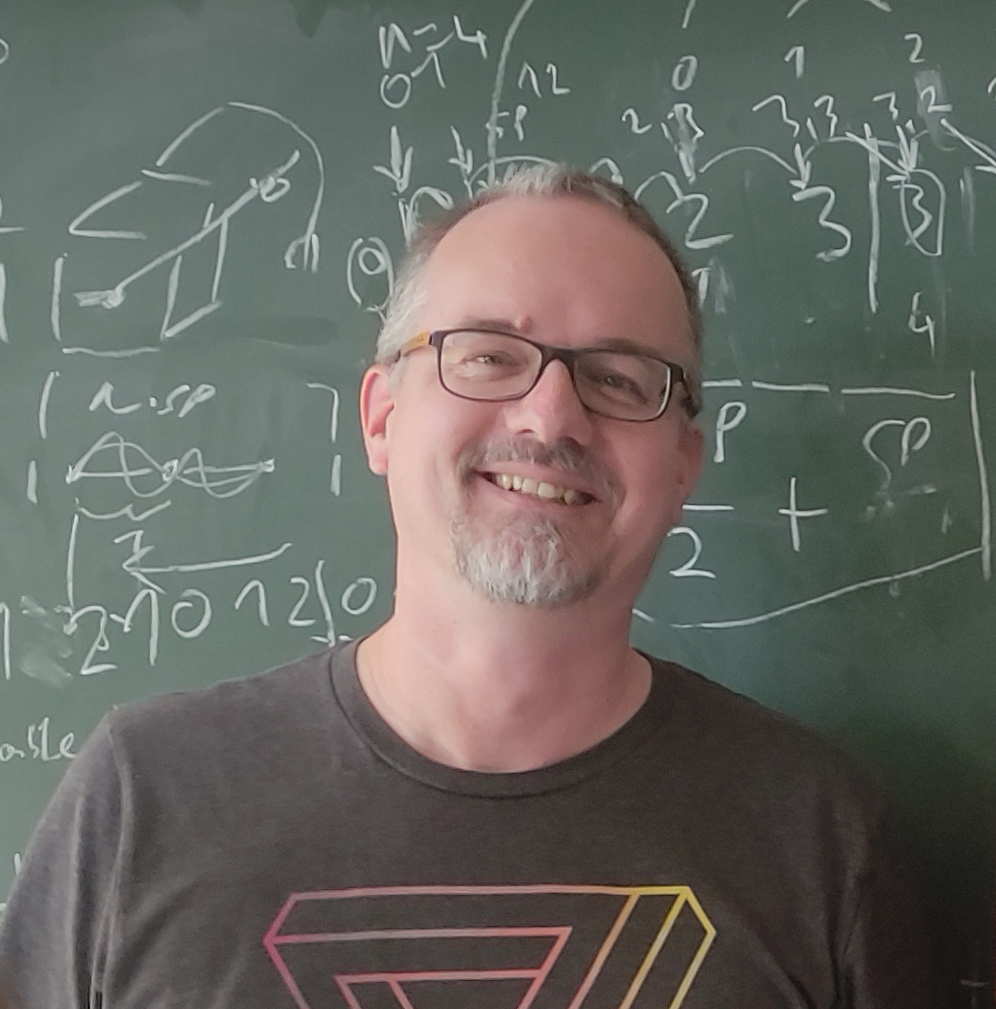
Fabian Schüssler
IRFU / CEA Paris-Saclay
Dr. Fabian Schüssler is a senior researcher at IRFU / CEA Paris-Saclay, specializing in high-energy astrophysics and multi-messenger astronomy. His work spans from cosmic rays to gamma-ray, neutrino and X-ray astronomy, with key contributions to major collaborations like the Pierre Auger Observatory, ANTARES, H.E.S.S., CTA, and SVOM. He leads the development of platforms like Astro-COLIBRI and Tilepy, enabling and facilitating real-time multi-messenger observations.
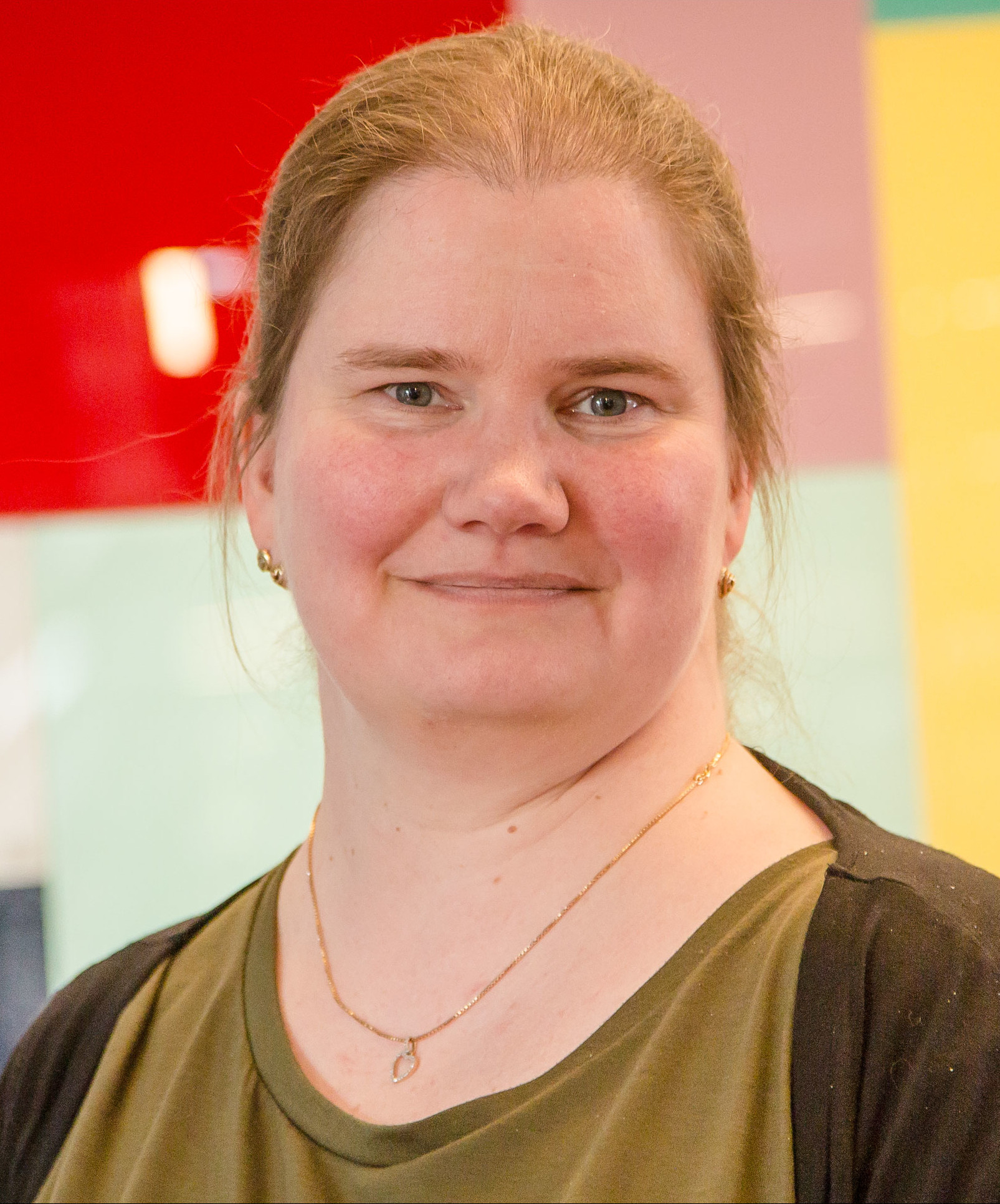
Heidi Korhonen
Max Planck Institute for Astronomy
Heidi Korhonen (Finland, Denmark) is the head of the technical departments at Max Planck Institute for Astronomy. She did half of her PhD work at the Nordic Optical Telescope on Canary Islands (Spain) and earned her PhD from University of Oulu (Finland). Afterward, she has worked in Germany, Denmark, Finland and Chile. Been passionate about educating the next generation of astronomers in observational astrophysics, Heidi has been coordinating training in several EU projects.
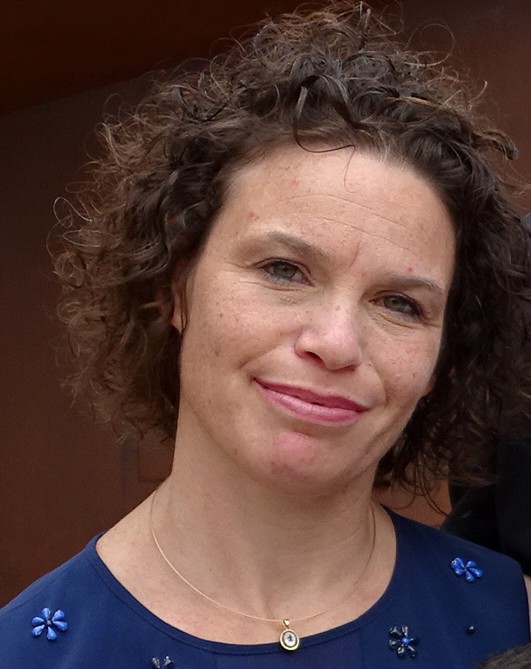
Natalie Webb
Institut de Recherche en Astrophysique et Planétologie (IRAP)
Natalie Webb works on multi-wavelength and multi-messenger observations of compact objects to understand their nature and the role they play in their environment. She leads the XMM-Newton SSC which provides the XMM-Newton X-ray catalogues and contributes to the software and pipeline used for reducing and analysing XMM-Newton data. She also leads the ground segment for Athena/X-IFU. She is the president of the Astronomy Working Group at the French Space Agency and president of the ESA astronomy archives users group.
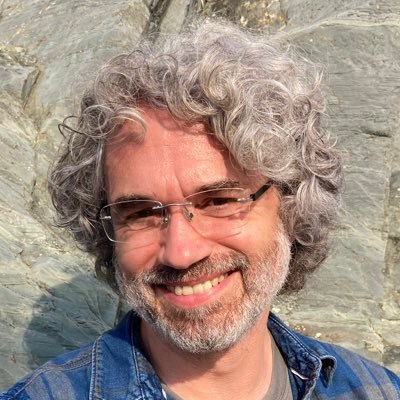
Stephen Serjeant
The Open University
Prof. Stephen Serjeant is an Open University’s Professor of Astronomy, specialising in extragalactic surveys of star-forming galaxies, strong gravitational lensing, infrared astronomy, crowdsourced data mining and machine learning, (co-)authoring over 400 papers and 4 books. He has consulted on many BBC television series. Previously he worked at the University of Kent and Imperial College, following his doctorate at New College Oxford and first class honours degree from Bristol University.
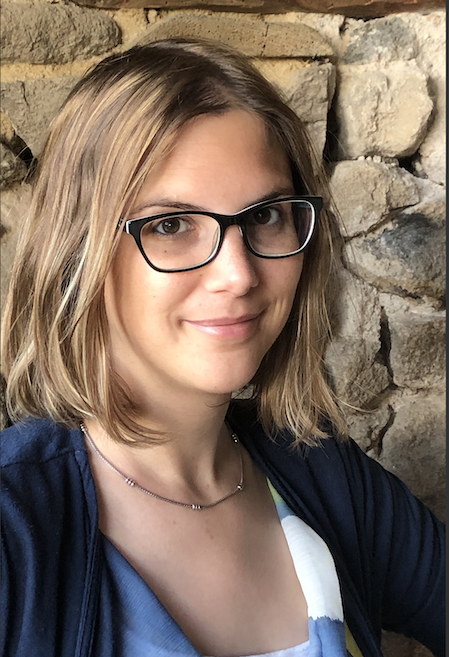
Gwenhaël Wilberts Dewasseige
UCLouvain
Gwenhaël Wilberts Dewasseige is an astroparticle physicist, member of the IceCube and the KM3NeT collaborations. She is mainly focused on MeV-GeV neutrinos coming from transient events, such as solar flares, core-collapse supernovae, and compact binary mergers. Her work has three different directions: pushing the capabilty of instrument to lower the energy threshold to sub-GeV; carrying out searches for low-energy neutrinos with new strategies to cope with the significant background; converting obtained limits into constraints on physical parameters of the studied sources.
